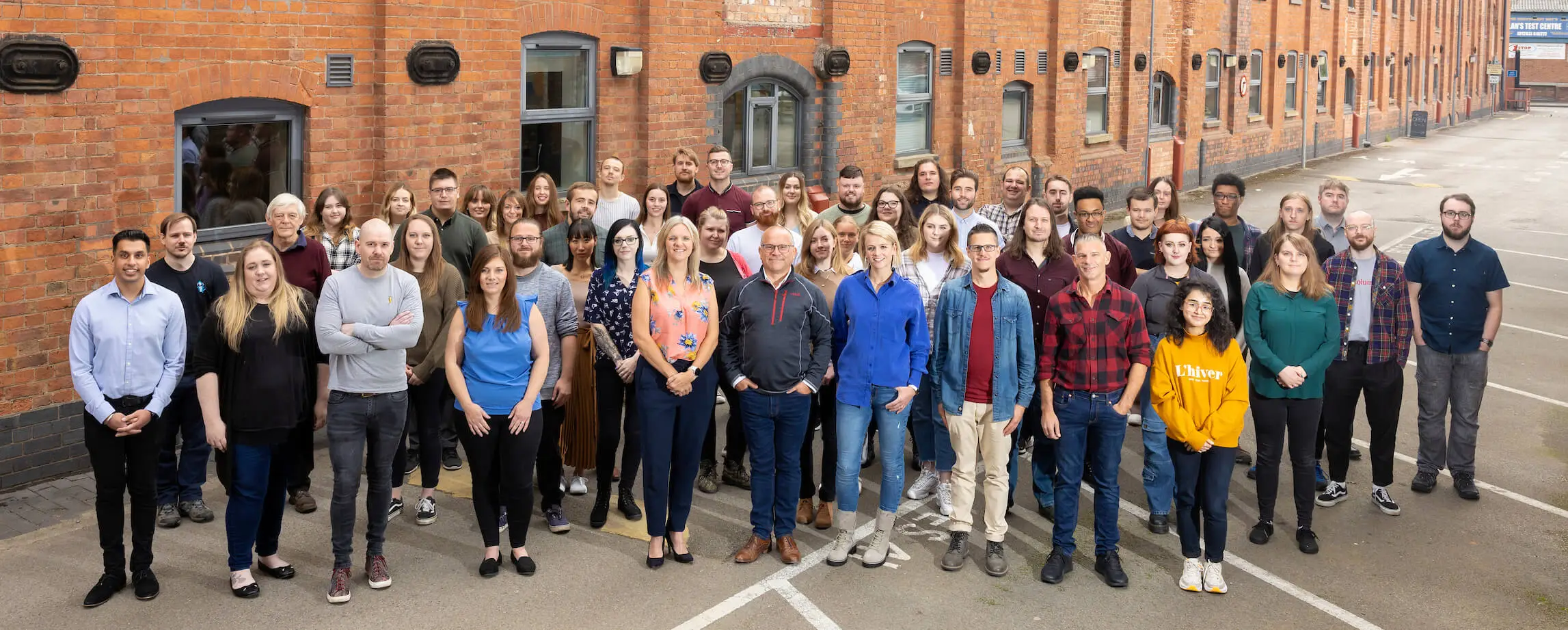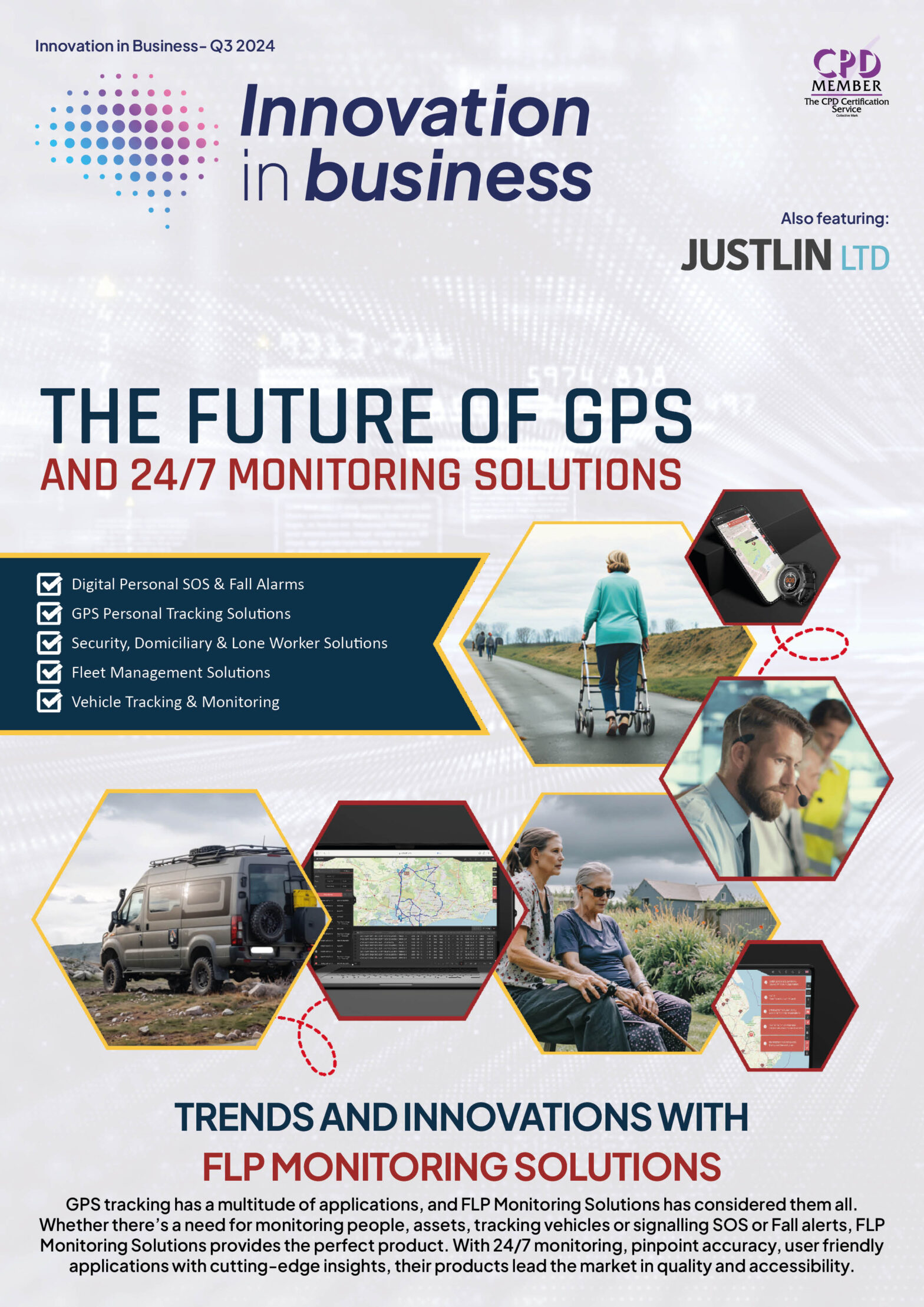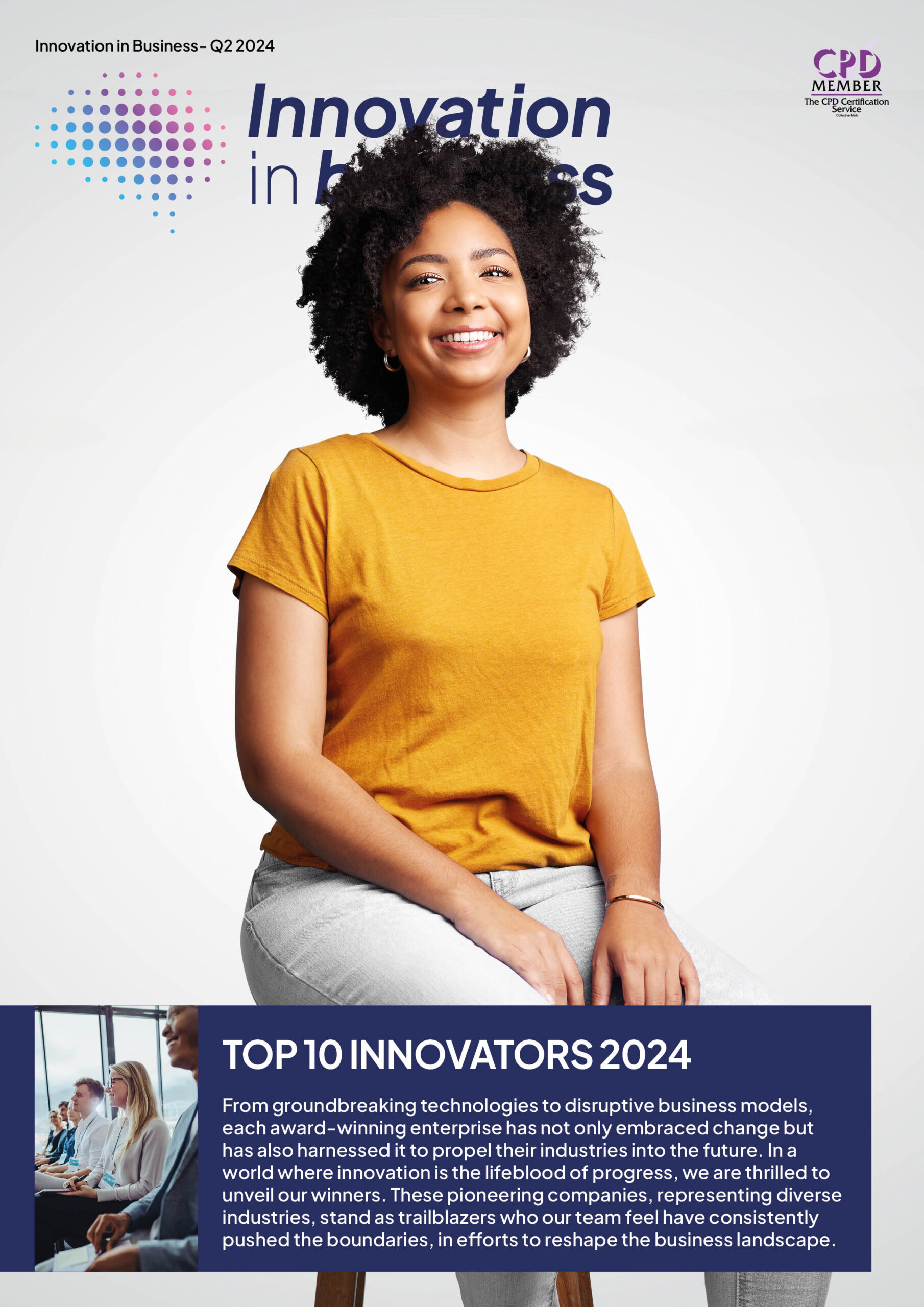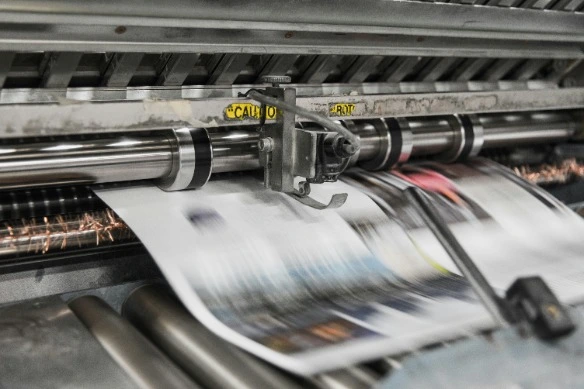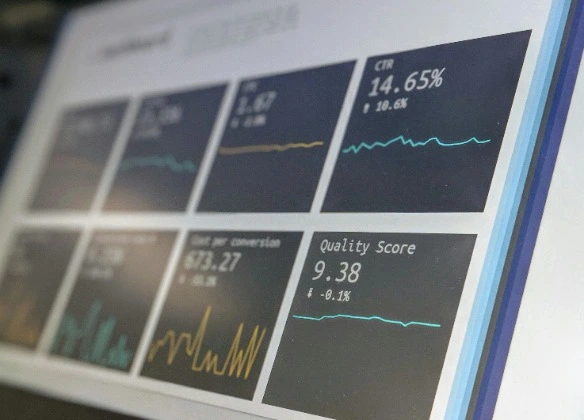

The future of business is influenced by changing trends that focus on digital innovation, sustainability, and smart data usage. One key technology leading these changes is satellite imagery, which provides unique insights and strategic benefits for various industries. Whether in precision farming or city development, having access to high-quality, near-real-time data from space is changing how businesses function and make choices. In this article, we will look at important business trends and how Earth observation imagery is impacting the industries of tomorrow.
Emerging Business Trends and Satellite Data
Let’s explore emerging business tendencies and the vital role of space-based data in shaping them.
1. Sustainability as a Key Focus
Today, sustainability is crucial for businesses. Many companies are adopting circular business models, investing in renewable energy, and aiming to reduce their environmental footprint. Having access to live satellite view of your AOI is important for these efforts. Satellite imagery allows businesses to monitor deforestation, track carbon emissions, and assess ecosystem health, helping them understand their environmental impact and report on ESG (Environmental, Social, and Governance) metrics accurately. For example, global retailers can use satellite data to ensure their supply chains do not harm forests, while energy companies can monitor the performance and environmental effects of solar or wind farms from space.
2. Data-Driven Choices
As data becomes more important, businesses are using analytics to make informed decisions. Up-to-date satellite images add a unique layer of geospatial data that improves traditional analysis methods. Industries like insurance, real estate, and logistics are already benefiting from this technology. For instance, insurance companies use Earth observation images to better assess risks in flood-prone areas, while logistics companies optimize their routes by monitoring traffic and weather in near real-time. Retail industries that have not yet adopted satellite data have a significant opportunity for location-based market analysis and demand forecasting.
3. Resilient Supply Chains
Recent challenges have shown how crucial strong supply chains are. Real-time satellite view helps manage supply chain risks by offering information on global transport systems, checking port traffic, and following goods as they move. For instance, manufacturers can use satellite information to spot shipping delays and take action to reduce disruptions. Moreover, the ability of space imagery to observe crops and forecast yields can assist the food and beverage industry organize supply chain logistics better, ensuring stability during uncertain times.
4. Urbanization and Smart Cities
With the increase in urban populations, the need for smart cities that efficiently manage resources and infrastructure is rapidly intensifying. Satellite view of the Earth is essential in urban planning, providing precise, extensive data for assessing land use, traffic trends, and the condition of infrastructure. For example, construction firms utilize Earth observation imagery to monitor the advancement of major projects and adhere to safety and environmental standards. Looking ahead, the combination of space-based data with IoT devices and AI technologies could facilitate near real-time monitoring of urban environments, enhancing city planning and promoting sustainability.
5. Climate Adaptation and Risk Mitigation
Climate change affects many areas, including agriculture and finance. Companies are focusing on climate adaptation to stay competitive. Satellite data helps track weather, measure soil moisture, and monitor sea levels, providing important information for industries affected by climate change. For instance, farmers can use current satellite imagery to implement precision farming, improving irrigation and crop yields despite changing weather. Likewise, financial institutions can evaluate climate risks for investment portfolios using geospatial data, improving their decision-making and risk management approaches.
The Future of Satellite Imagery in Business
Let’s take a closer look at how satellite view of the Earth is shaping the future of business.
1. Expanding Industry Applications
Space imagery is changing fields such as agriculture and logistics, and its uses are likely to expand. Retailers might start using satellite data to study customer movement near their stores or find the best spots for new locations. Healthcare providers could use this data to monitor disease spread or improve emergency response. As the technology becomes easier to access, more industries will discover creative ways to use it.
2. Integration with Emerging Technologies
Combining satellite data with AI, machine learning, and IoT will create new opportunities for businesses. AI algorithms can process recent satellite images quickly, spotting trends and providing useful insights instantly. For example, using IoT sensors alongside satellite data can help predict when infrastructure needs maintenance, reducing downtime and expenses. These integrations will enhance the usefulness of space-based data in various industries.
3. Sustainability in Space
With the increasing demand for satellite services, there is a rising need for sustainable practices in space. The overcrowding of orbits and the potential for collisions present challenges that could affect future Earth observation. Companies that invest in satellite data must recognize their duty to uphold a sustainable presence in space. Working together on policies and new ideas, like satellite recycling and managing space debris, will be crucial for the long-term health of this important resource.
4. Improved Accessibility and Cost Efficiency
The price of space imagery has dropped significantly in recent years, allowing small and medium-sized businesses to access it more easily. This availability of space data will help companies of all sizes gain valuable insights, creating a fairer environment and encouraging innovation in various industries.
The combination of new business trends and satellite technology is creating fresh opportunities for innovation, efficiency, and sustainability. As companies adopt digital transformation, satellite imagery will play a crucial role in making strategic decisions. Its uses range from improving supply chains to boosting climate resilience, offering many possibilities. However, while businesses seek solutions from space, they must also tackle issues like orbital sustainability and privacy. By addressing these challenges, organizations can fully utilize Earth observation imagery to manage the complexities of today’s business world and create a more resilient and resource-conscious future.

Technology
25 March 2025
Ransomware-As-A-Service Variants on the Rise With Critical Infrastructure Providers at the Greatest Risk

Business Advice
25 March 2025
Claims Processing Automation: How Insurers Can Cut Costs and Improve CX

Technology
18 March 2025
Secret Signs Your Internet Security Has Been Compromised



